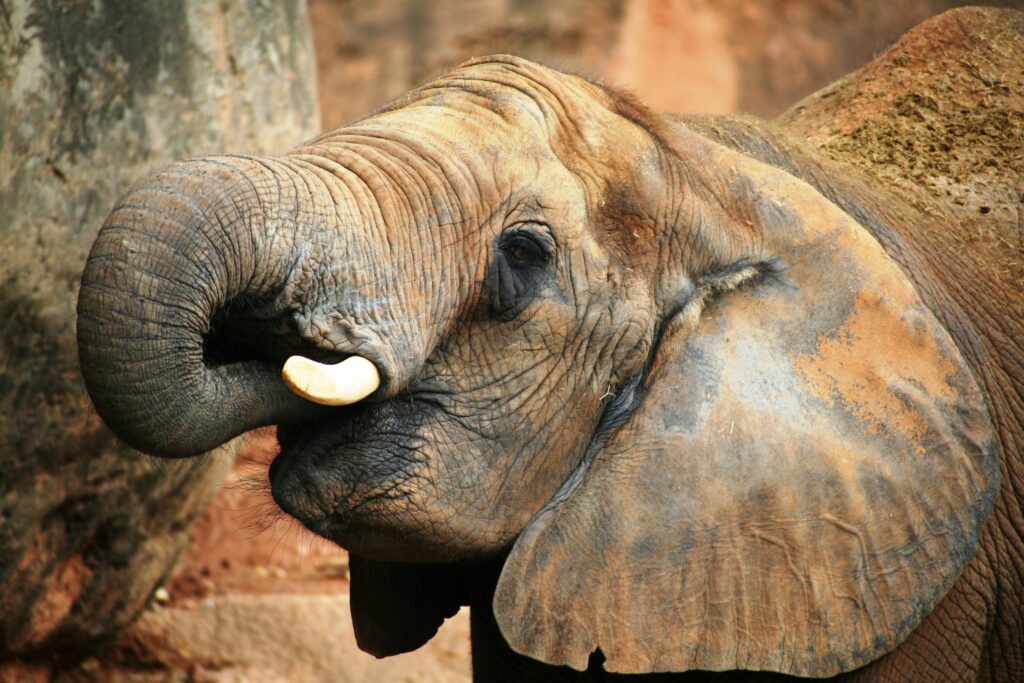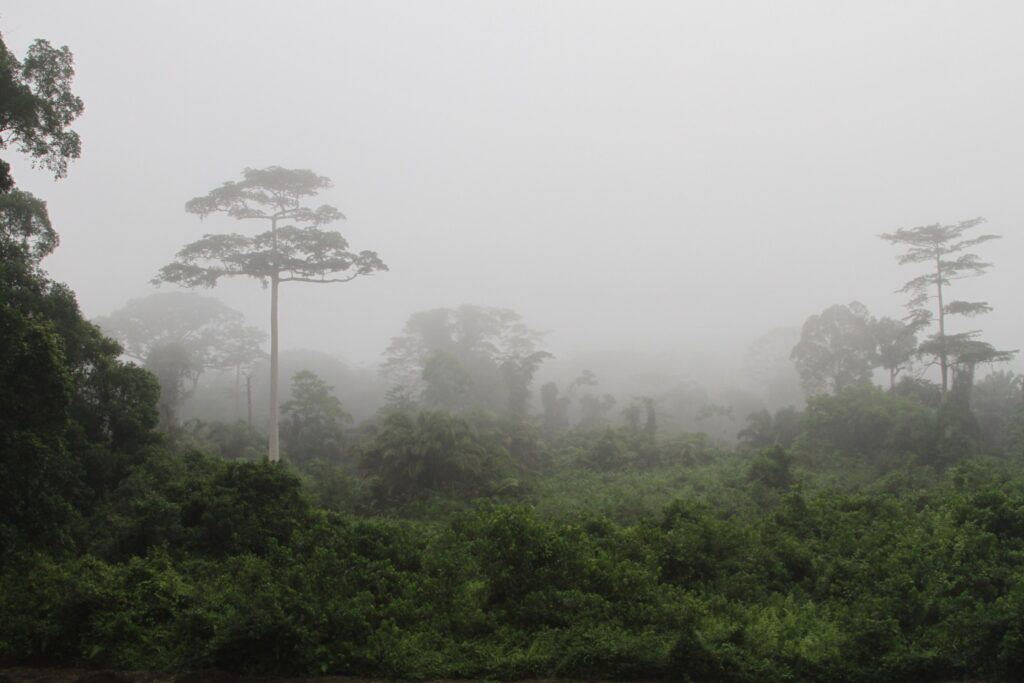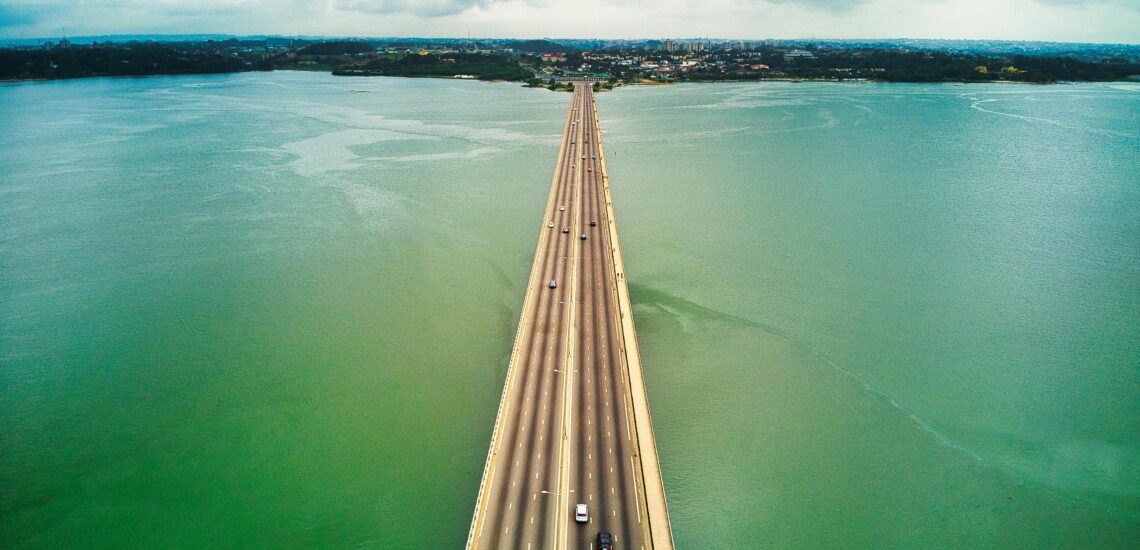Quick facts about Côte d’Ivoire (Ivory Coast):
- Population: Approximately 32 million people.
- Capital: Yamoussoukro (political), with Abidjan as the economic capital.
- Largest City: Abidjan.
- Official Language: French.
- Other Languages: Indigenous languages including Baoulé, Dioula, and Senoufo.
- Currency: West African CFA franc (XOF).
- Government: Presidential republic.
- Major Religion: Islam and Christianity, with traditional beliefs also practiced.
- Geography: Located in West Africa, bordered by Liberia and Guinea to the west, Mali and Burkina Faso to the north, Ghana to the east, and the Atlantic Ocean to the south. The landscape varies from coastal lagoons to rainforests and savannas in the north.
Fact 1: Ivory Coast got its name from the active trade in elephant ivory here
Côte d’Ivoire, or “Ivory Coast,” was named for its historical role in the ivory trade. During the colonial period, European traders were drawn to the region due to the abundance of elephant ivory, which was highly valued in Europe for crafting art, jewelry, and luxury items. The name “Côte d’Ivoire” reflects this period when the area was one of several coastal regions in West Africa named according to their principal trade goods, such as the Gold Coast (Ghana) and Slave Coast (Benin, Togo, and parts of Nigeria).
Ivory trading contributed significantly to the local economy and attracted European colonial interests, leading to the eventual establishment of Côte d’Ivoire as a French colony. While the trade in ivory has long since diminished, the name remains, symbolizing an important, if complex, part of the country’s history.

Fact 2: Côte d’Ivoire has produced several internationally renowned soccer players
Among the most famous is Didier Drogba, a legendary forward known for his time with Chelsea FC in the English Premier League, where he became one of the top scorers and led the team to numerous victories, including the UEFA Champions League title in 2012. Drogba is celebrated not only for his skill on the field but also for his role in promoting peace in Côte d’Ivoire during periods of civil unrest.
Another notable player is Yaya Touré, who achieved fame playing for Manchester City and was instrumental in the club’s Premier League success. Touré’s powerful midfield presence and versatility won him several African Player of the Year awards and established him as one of Africa’s top players. Other notable players include Kolo Touré (Yaya’s older brother), Salomon Kalou, and Wilfried Zaha, each of whom has contributed to the visibility of Ivorian talent in European leagues and internationally.
Fact 3: Perhaps soccer promoted peace during the civil war in 2005
Specifically Didier Drogba’s influence, played a remarkable role in promoting peace in Côte d’Ivoire during the civil war in 2005. After Côte d’Ivoire’s national team qualified for the 2006 FIFA World Cup—the country’s first-ever qualification—Drogba used the moment to deliver a heartfelt plea for peace. Speaking directly to the nation on camera, he urged both warring sides to lay down their arms and reconcile.
His call resonated deeply with the public and is widely credited with helping to foster a temporary truce. In a symbolic gesture of unity, the national team even played a World Cup qualifier in the rebel-held city of Bouaké in 2007, which further strengthened peace efforts and showed the unifying power of soccer.

Fact 4: Côte d’Ivoire is the largest cocoa producer in the world
Côte d’Ivoire is one of the largest cocoa producers in the world, typically competing for the top spot with Ghana. As of recent years, it produces about 40% of the world’s cocoa, making it a critical player in the global chocolate industry. This dominance in cocoa production has significant economic implications, as cocoa is Côte d’Ivoire’s most valuable export and a major source of income for millions of Ivorians, particularly smallholder farmers.
The country’s climate, with its tropical rainfall and warm temperatures, is well-suited to cocoa cultivation. However, reliance on cocoa also presents challenges, as the economy can be vulnerable to fluctuations in global cocoa prices.
Fact 5: Here you can visit 4 UNESCO World Heritage Sites
Côte d’Ivoire has four UNESCO World Heritage Sites, each representing a unique aspect of the country’s natural and cultural heritage:
- Comoé National Park – Listed in 1983, this park is one of the largest protected areas in West Africa and is known for its diverse ecosystems, which range from savannas to dense forests. It is home to numerous wildlife species, including elephants, hippos, and various primates.
- Taï National Park – Also listed in 1982, this is one of the last remaining sections of primary rainforest in West Africa and harbors a rich biodiversity, including endangered species like pygmy hippos and chimpanzees.
- Historic Town of Grand-Bassam – Inscribed in 2012, Grand-Bassam was the first colonial capital of Côte d’Ivoire. The town preserves colonial architecture and has significant historical importance, showcasing the country’s colonial past and its subsequent journey to independence.
- Mount Nimba Strict Nature Reserve (shared with Guinea) – Added to the World Heritage list in 1981, this site includes a range of mountainous landscapes with rare flora and fauna. Though only part of Mount Nimba is within Côte d’Ivoire, it is an ecologically rich region that supports various endangered species.
Note: If you plan to visit the country, check if you need an International Driving Permit in Côte d’Ivoire to rent and drive a car.

Fact 6: In Côte d’Ivoire you can find the pygmy hippo
Côte d’Ivoire is one of the few countries where the pygmy hippopotamus (Choeropsis liberiensis) can be found, though it is extremely rare and primarily located in Taï National Park. The pygmy hippo is much smaller than the common hippopotamus and is elusive and nocturnal, spending much of its time hidden in dense forest areas near rivers and swamps.
This species is classified as endangered due to habitat loss from deforestation, as well as hunting. Côte d’Ivoire’s remaining pygmy hippo population is carefully monitored and protected, particularly within Taï National Park, which provides a crucial refuge for this unique species.
Fact 7: One of the largest churches is located here
Côte d’Ivoire is home to one of the largest churches in the world—the Basilica of Our Lady of Peace in Yamoussoukro, the country’s political capital. Completed in 1989, this massive basilica was inspired by St. Peter’s Basilica in Vatican City and even exceeds it in height, reaching 158 meters (518 feet).
Funded by Côte d’Ivoire’s then-president Félix Houphouët-Boigny, the basilica can accommodate 18,000 worshippers (7,000 seated inside and another 11,000 in the square outside). The structure combines classical European architecture with local design elements, featuring large stained-glass windows and intricate mosaics.

Fact 8: The highest point of the Côte d’Ivoire is also the highest point of the Guinea region
The highest point in Côte d’Ivoire is Mount Nimba, which rises to about 1,752 meters (5,748 feet) above sea level. It is part of the Nimba Mountain range, which extends across the borders of Côte d’Ivoire, Guinea, and Liberia.
Mount Nimba is not only the highest point in Côte d’Ivoire but also the tallest peak in the Guinea region. The area is known for its rich biodiversity, including various endemic species of plants and animals.
Fact 9: With a long coastline, there are many beautiful beaches here
Côte d’Ivoire boasts a long coastline along the Gulf of Guinea, stretching approximately 500 kilometers (about 310 miles). This coastline is dotted with numerous beautiful beaches that are popular among both locals and tourists. Some of the most notable beach destinations include:
- Assinie: Located just east of Abidjan, Assinie is known for its stunning white sandy beaches and vibrant beach resorts. It is a popular weekend getaway for residents of the capital.
- Grand-Bassam: This historic town not only features beautiful beaches but also has cultural significance, as it was the first capital of Côte d’Ivoire. The beaches here are popular for relaxation and water sports, and the town has a charming colonial atmosphere.
- San Pedro: Situated in the southwest, San Pedro has some of the most picturesque beaches in the country, with clear waters and lush palm trees. It is also a key port city and offers various activities, including fishing and surfing.
- La Lagune: Close to Abidjan, this area offers both beach and lagoon experiences, where visitors can enjoy water activities in a tranquil setting.

Fact 10: In addition to French, more than 70 languages are spoken here
These languages belong to several different language families, reflecting the rich ethnic diversity of the nation. Some of the major language groups include:
- Akan languages, such as Baule and Akan.
- Kru languages, including Bété and Guéré.
- Mande languages, such as Dioula (also known as Jula), which serves as a lingua franca in much of the western part of the country.
Languages like Dioula are widely spoken in commerce and everyday communication, making them significant beyond their ethnic communities.

Published November 03, 2024 • 7m to read





